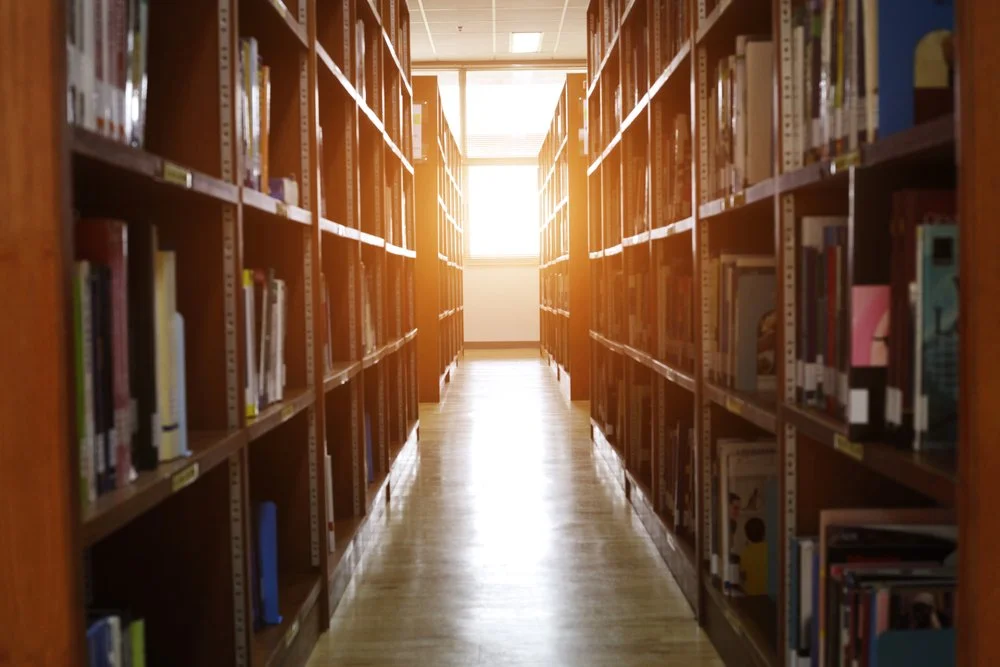What is MTSS?
A prevention-first framework that organizes instruction and supports into tiers using universal screening, progress monitoring, multi-level prevention, and data-based decision making to improve outcomes for all students (Center on Multi-Tiered System of Supports, n.d.; Fuchs & Fuchs, 2006).

“Evidence-based practice and response to intervention can be used to improve the efficacy, efficiency, and equity of educational services.”
FAQs
How is MTSS different from RtI and PBIS?
RTI and PBIS are earlier multi-tier models focused on academics and behavior, respectively. MTSS integrates these domains into one coherent system across academics, behavior, and social-emotional learning (Center on Multi-Tiered System of Supports, n.d.; Fuchs & Fuchs, 2006; Sugai & Horner, 2006).
Does MTSS work? What is the scientific evidence?
Meta-analyses and multi-year field studies show that RTI/MTSS models improve student outcomes and system performance when teams use student-response data and implement with fidelity (Burns, Appleton, & Stehouwer, 2005; VanDerHeyden, Witt, & Gilbertson, 2007).
Practice guides further specify evidence-based routines for implementation (Gersten et al., 2009; Foorman et al., 2016).
How do I know if our school/district is “doing” MTSS?
You’re on track when these system features are in place and used consistently:
Universal screening for all students on a set schedule with valid measures.
Evidence-based Tier 1 instruction as the protected core for every student, with routine checks that most students are meeting benchmarks.
Targeted (Tier 2) and intensive (Tier 3) interventions available and matched to need, with clear entry/exit criteria.
Progress monitoring at appropriate intervals to see if students are responding—and to adjust quickly when they’re not.
Team-based, data-driven decisions using agreed-upon decision rules during scheduled problem-solving meetings.
Fidelity of implementation verified (e.g., observation/checklists) with feedback cycles to improve practice.
(See Center on Multi-Tiered System of Supports, n.d.; National Center on Response to Intervention, 2010; Hamilton et al., 2009.)
How does MTSS advance educational equity?
MTSS replaces referral-only, subjective decisions with scheduled, team reviews of data and validated practices, which reduces bias and matches support to actual student need (Center on Multi-Tiered System of Supports, n.d.; Fuchs & Fuchs, 1998).
Instead of “who gets referred,” teams look at who is responding to instruction and adjust intensity accordingly—what Fuchs & Fuchs term treatment validity—so resources are allocated based on evidence, not impressions.
Key ways MTSS drives equity in decisions:
Universal screening & multiple measures for all students on a set cadence
Clear decision rules (with disaggregated data) to trigger support and prevent subjective gatekeeping
Evidence-based interventions with fidelity checks, so teams know if practices were delivered as intended
Progress monitoring & rapid adjustments based on student response, not labels or tradition
These routines make decisions transparent, replicable, and improvement-focused across classrooms and schools (Center on Multi-Tiered System of Supports, n.d.; Fuchs & Fuchs, 1998; Hamilton et al., 2009).
Where has it been? Where is it going?
1997–2004 — Foundations & policy
Early multi-tier approaches in academics (RTI) and behavior (PBIS) emphasized response to instruction (treatment validity) and progress monitoring; IDEA 2004 allowed RTI for SLD identification, accelerating data-based support (Fuchs & Fuchs, 1998; Individuals with Disabilities Education Improvement Act of 2004; Sugai & Horner, 2006).
2010s–present — Integration
Systems increasingly integrate academics, behavior, and SEL into one framework with shared essentials: universal screening, strong Tier 1, targeted/intensive tiers, progress monitoring, team decisions, and fidelity (Center on Multi-Tiered System of Supports, n.d.; National Center on Response to Intervention, 2010; Hamilton et al., 2009; Gersten et al., 2009; Foorman et al., 2016).
“When we educate every child, we change the trajectory of communities, nations, and generations.”
— Author Unknown
